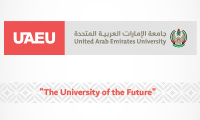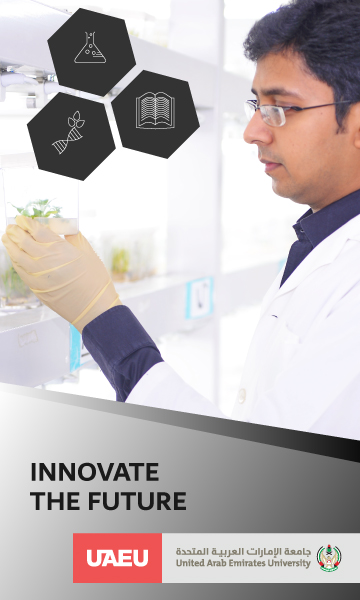
If researchers at UAEU can successfully treat the toxic components found in e-waste, it could go a long way to solving the planet’s pollution problem
Electronic waste (e-waste) is a significant and growing problem. Globally, around 45 million tonnes of e-waste are generated every year, including refrigerators, LED bulbs and computer monitors. Unfortunately, much of this waste is not currently recycled – sometimes due to technical challenges.
To discuss these challenges, Times Higher Education spoke with Mohammed Noor Al Tarawneh, associate professor of chemical and petroleum engineering in the College of Engineering at the United Arab Emirates University (UAEU), and PhD student Labeeb Ali about their research into the thermal treatment of e-waste and the real-world applications that can be derived from it.
“Bromine is added to many circuit boards found among e-waste as a fire retardant,” Al Tarawneh explains. “The toxicity of bromine prevents conventional recycling methods for many e-waste components. As such, our research focuses on the complete removal of bromine from the polymeric constituents in waste printed circuit boards in order for e-waste treatments to be carried out.”
Al Tarawneh’s research is particularly pressing given the scale of the e-waste problem facing the world today. E-waste production is on track to reach 120 million tonnes per year by 2050 if current trends continue, according to United Nations research.
“Conventional waste disposal methods, such as landfill or incineration, risk releasing toxic elements into the environment,” Ali says. “These toxic elements can pollute soils and cause the proliferation of microplastics. As well as removing these toxic elements, our research could also potentially transform e-waste components into value-added products.”
Of course, no scientific project is undertaken single-handedly. Collaboration is hugely important to the research being undertaken by Al Tarawneh and his team, which received its initial funding from the UAE government. “We currently have a partnership with the Abu Dhabi Waste Management Centre, Tadweer,” Al Tarawneh says. “In addition, we are hoping to offer our services to the world’s largest e-waste recycling plant in Dubai. This will enable us to test and implement our research on a huge scale.”
Al Tarawneh has also filed a patent related to his research. Once this is approved, commercial applications can be pursued. The professor is keen to provide data to government and industry stakeholders – both national and international – to enhance the recycling of e-waste. “Collaboration is essential to scientific discovery,” Al Tarawneh says. “This is both in terms of our research and its results. At UAEU, for example, we have worked with experts from the chemistry and quantum chemistry departments to further our work.”
The hope is that ongoing collaboration could lead to further exciting use cases for e-waste in the future. “There is potential to transform e-waste into transportation fuels or perhaps some other chemical compounds,” Ali explains. “Another idea we’ve been exploring concerns construction. In the steel industry, the electric arc furnace test produces a lot of metal oxides. We believe we can combine these with e-waste components for simultaneous treatment and the creation of value-added products.”
“We are trying to treat multiple polymeric waste components at the same time,” Al Tarawneh says. “This waste can include bromine, chlorine and, sometimes, fluorine. So, our agenda for the future involves being able to treat these three components together.”
Find out more about the College of Engineering at the United Arab Emirates University.



































